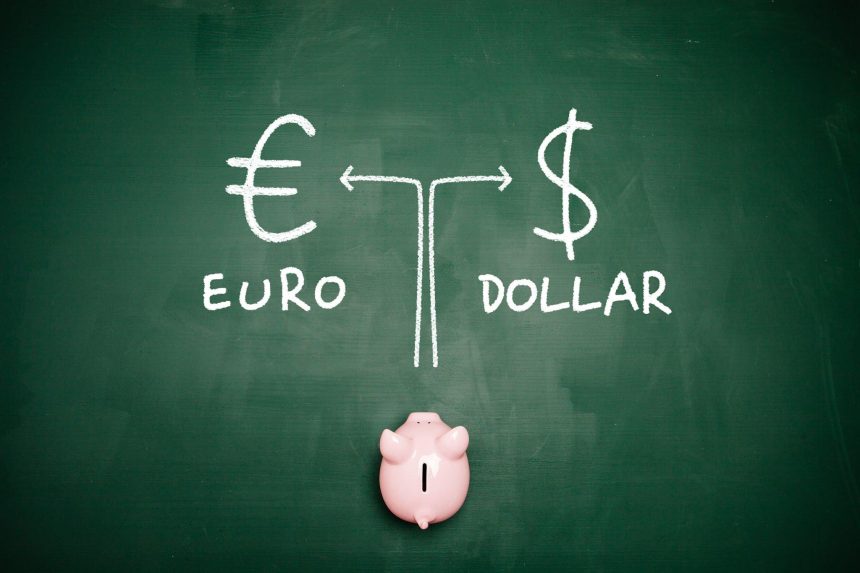EURUSD struggles to find meaningful buyers and is hampered by a number of issues.
The EURUSD pair fell for the third day in a row on Monday, trading around 1.0690-1.0685 during the Asian session, slightly above its low point since early May.
Political uncertainty in Europe, along with Friday’s dismal Eurozone PMIs, appears to be weighing on the euro.
The common currency continues to be hampered by doubts over the outcome of a snap election in France. Which has fuelled concerns that a new government may exacerbate the budgetary position. In the eurozone’s second-largest economy. Furthermore, the flash PMIs issued on Friday showed. That growth in business activity in the Eurozone slowed substantially during June. This, together with some follow-through US Dollar (USD) buying, proves to be major factors putting downward pressure on the EURUSD pair.
The Fed’s somewhat hawkish posture propels the dollar to a multi-week high while also acting as a headwind.
The USD Index (DXY), which tracks the Greenback against a basket of currencies, rises to its highest level since May 9 following Friday’s flash PMI. Which showed that US business activity increased to a 26-month high in June. The numbers support the Federal Reserve’s (Fed) patient approach. But signs of weakening inflationary pressure keep a September rate decrease on the table. This might prevent the USD bulls from placing aggressive bets and assist restrict any further depreciation in the EURUSD pair.
Traders may also prefer to await this week’s release of the US Personal Consumption Expenditures (PCE) Price Index data. On Friday for clues about the Fed’s rate-cutting strategy. This, in turn, will have a significant impact on the near term USD price dynamics and provide some traction to the EURUSD pair. Traders are now looking for the release of the German IFO Business Climate report. And comments by important FOMC members to seize short term chances in the absence of any relevant macroeconomic announcements from the US.









